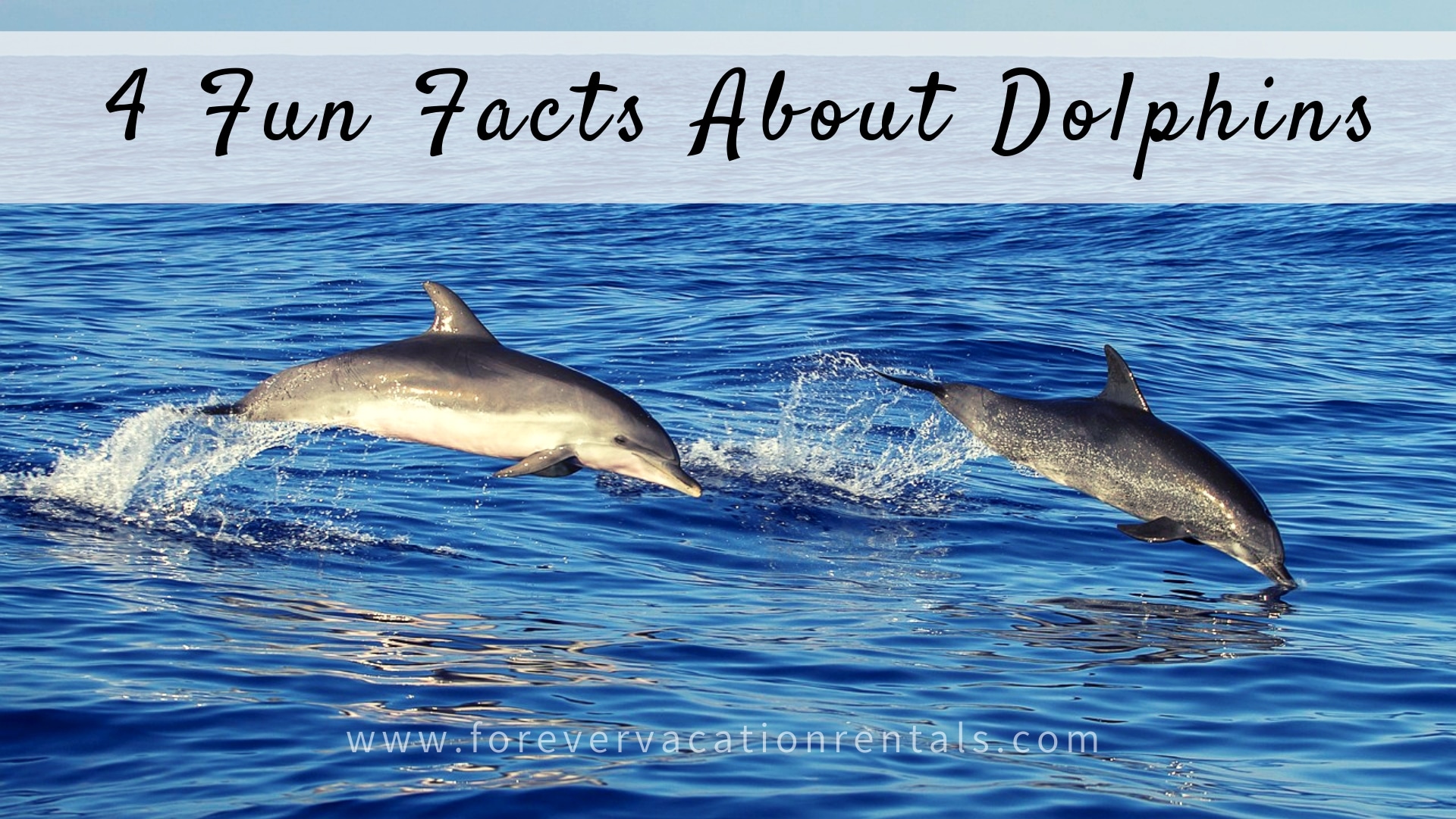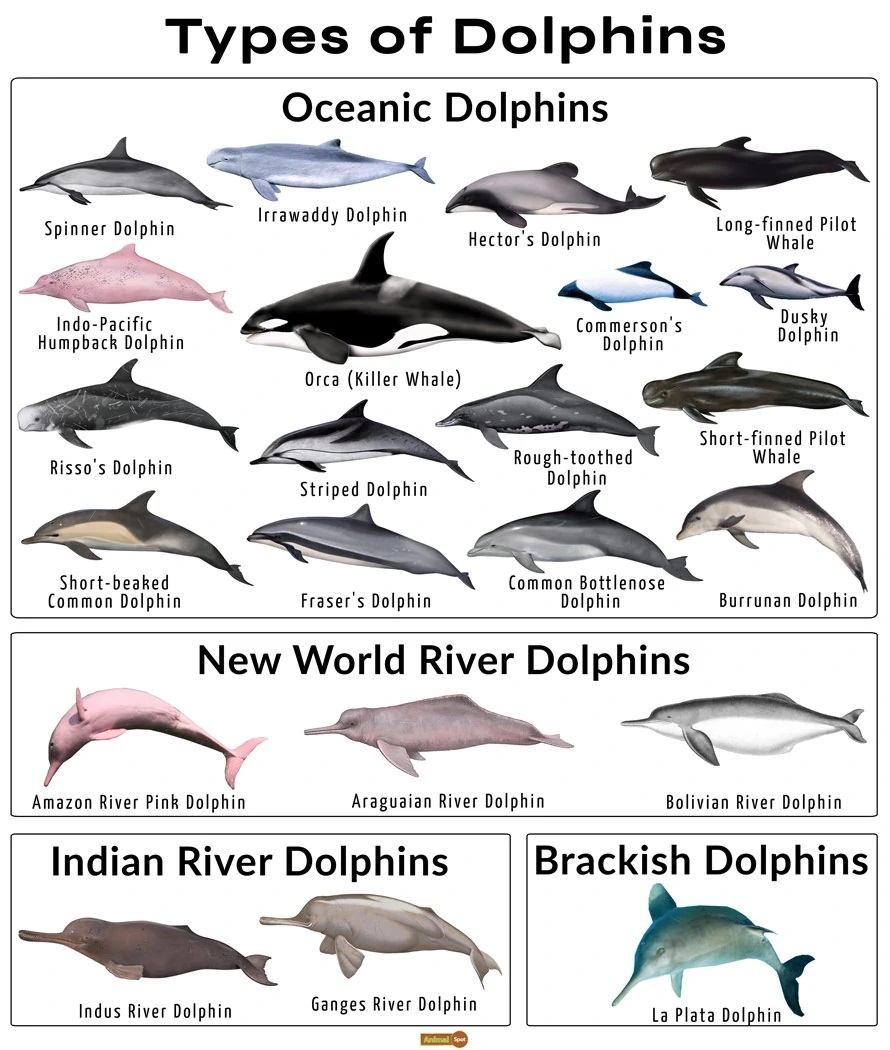Find Out How Dolphin Facts Reveal Their Distinct Social Structures
Wiki Article
Dive Into the Ocean: Fascinating Dolphin Truths for Ocean Lovers
The world of dolphins offers a fascinating junction of intelligence, social habits, and ecological relevance. From their complex communication approaches to their outstanding analytic capabilities, dolphins test our understanding of pet intelligence.Dolphin Variety Diversity
Diversity is a characteristic of the dolphin family, including a vast array of types that show distinct physical attributes, behaviors, and habitats. The family Delphinidae, frequently called oceanic dolphins, makes up about 37 species, each adapted to particular eco-friendly particular niches. For example, the bottlenose dolphin (Tursiops truncatus) is renowned for its intelligence and adaptability, growing in both coastal and open ocean atmospheres.In comparison, the whale (Orcinus whale), often referred to as the killer whale, is the largest member of the dolphin household and is defined by its striking black-and-white pigmentation. Orcas show intricate social frameworks and searching methods, showcasing the behavior variety within the household. Various other varieties, such as the rewriter dolphin (Stenella longirostris), are noted for their acrobatic screens and preference for warmer waters, highlighting the versatility of dolphins to different marine communities.
Furthermore, river dolphins, including the pink river dolphin (Inia geoffrensis), occupy freshwater environments, even more illustrating the comprehensive habitats that dolphins occupy. Dolphin Facts. This incredible diversity not just improves marine communities but also stresses the relevance of preservation initiatives to safeguard these exceptional creatures and their atmospheres
Social Habits and Interaction
The complex social habits and communication approaches of dolphins are vital parts of their presence, assisting in group communication and boosting survival. These highly intelligent marine animals display complex social frameworks, typically forming cases that can vary from a couple of people to over a hundred. Within these groups, dolphins participate in habits such as participating hunting, social play, and mutual security, which foster solid bonds among participants.Dolphins utilize an innovative range of articulations, including clicks, whistles, and body movement, to convey details and reveal feelings. Their signature whistles function as unique identifiers, comparable to names, enabling people to call out to one another. This vocal interaction is complemented by non-verbal signals, such as jumping, slapping the water, and integrated swimming, which even more boosts their interactions.

Distinct Feeding Habits
One-of-a-kind feeding behaviors define dolphins, showcasing their adaptability and knowledge in different marine settings. These marine creatures are understood for their diverse diet regimens, which mainly consist of fish, squid, and crustaceans. Their hunting strategies can vary significantly, often customized to the particular target and environmental problems.One noteworthy method is cooperative searching, where dolphins work in teams to herd institutions of fish right into tight developments, making it simpler for people to catch their dish. This social behavior not only boosts their feeding effectiveness yet likewise enhances social bonds within the case. Additionally, dolphins have actually been observed using a method called "fish-whacking," important source where they utilize their tails to confuse or stun fish, facilitating much easier capture.
Another interesting feeding routine is echolocation, which permits dolphins to identify prey even in murky waters. Overall, the distinct feeding practices of dolphins highlight their duty as experienced predators within the marine community, demonstrating both intelligence and resourcefulness.
Intelligence and Trouble Solving
Dolphins exemplify remarkable cognitive abilities that extend past their innovative feeding strategies. Their knowledge appears in their analytic abilities, social communications, and capability for knowing. Research has demonstrated that dolphins can make use of devices, such as making use of aquatic sponges to protect their rostrums while foraging on the seafloor. This behavior highlights their capability to manipulate their environment efficiently and adapt techniques to improve survival.Furthermore, dolphins exhibit advanced communication skills, utilizing an intricate system of clicks, whistles, and body movement. Dolphin Facts. This interaction is important for coordinating group tasks, such as hunting and mingling, highlighting their capacity to work collectively in the direction of a typical goal. Their capability to comprehend abstract ideas, consisting of self-recognition in mirrors, additionally stresses their cognitive elegance
In regulated researches, dolphins have actually shown an ability to resolve puzzles and execute tasks that need both memory and vital reasoning. These communications show not only intelligence however likewise a willingness to engage with their environment in novel means. Generally, the cognitive prowess of dolphins positions them amongst the most intelligent varieties on earth, cultivating a deeper admiration for their duty in marine environments.
Conservation and Environmental Influence
Preservation efforts targeted at shielding aquatic environments are crucial for protecting dolphin populations and their environments. Dolphins are very delicate to ecological changes, and their survival is elaborately linked to the health and wellness of oceanic communities. Overfishing, pollution, and environment change posture substantial hazards to both dolphins and their environments.Overfishing disrupts the food web, causing a decrease in victim types necessary for dolphin survival. Moreover, contaminants such as chemicals and plastics accumulate in marine atmospheres, threatening dolphins through consumption and bioaccumulation. Enhanced water temperature levels and ocean acidification, consequences of climate adjustment, better threaten the delicate balance of aquatic communities, influencing dolphin breeding and migratory patterns.
Preservation initiatives, consisting of the facility of aquatic secured areas (MPAs), play a vital duty in guarding go to my site these smart creatures. MPAs help minimize human influence, enabling communities to recover and grow. Public awareness projects and neighborhood engagement are additionally crucial, promoting a culture of stewardship in the direction of marine life. By prioritizing preservation efforts, we can ensure that future generations appreciate the charm and vitality of dolphins and the oceans they populate. Securing marine ecosystems is not almost conserving dolphins; it is regarding preserving the intricate web of life that maintains us all.
Final Thought
Dolphins exemplify the other complexity and richness of marine life with their diverse types, intricate social structures, and progressed cognitive abilities. Their unique feeding behaviors and communication techniques additionally illustrate their adaptability and intelligence. As crucial parts of aquatic environments, dolphins underscore the requirement of recurring preservation efforts to secure their habitats. Safeguarding these amazing creatures is necessary not just for their survival yet also for keeping the health and equilibrium of ocean settings globally.Various other species, such as the rewriter dolphin (Stenella longirostris), are kept in mind for their acrobatic displays and preference for warmer waters, highlighting the versatility of dolphins to various aquatic ecological communities.
Generally, the unique feeding habits of dolphins highlight their role as competent killers within the marine environment, showing both intelligence and resourcefulness.
In general, the cognitive prowess of dolphins places them among the most smart species on the planet, cultivating a much deeper recognition for their role in marine ecological communities.

Report this wiki page